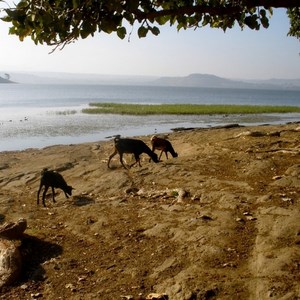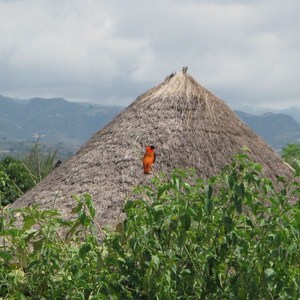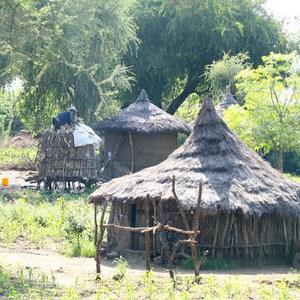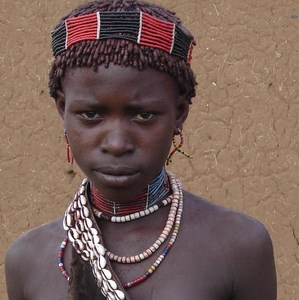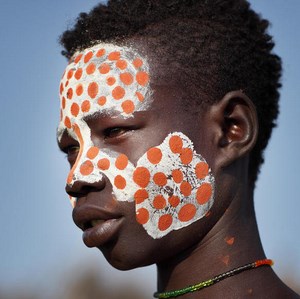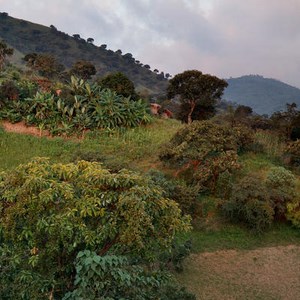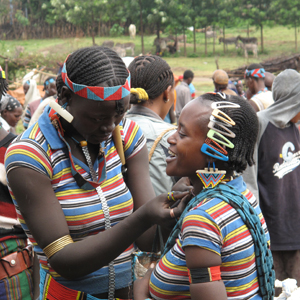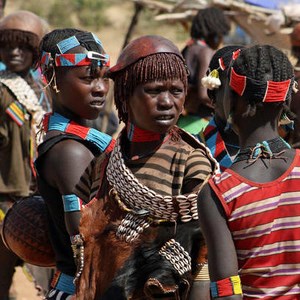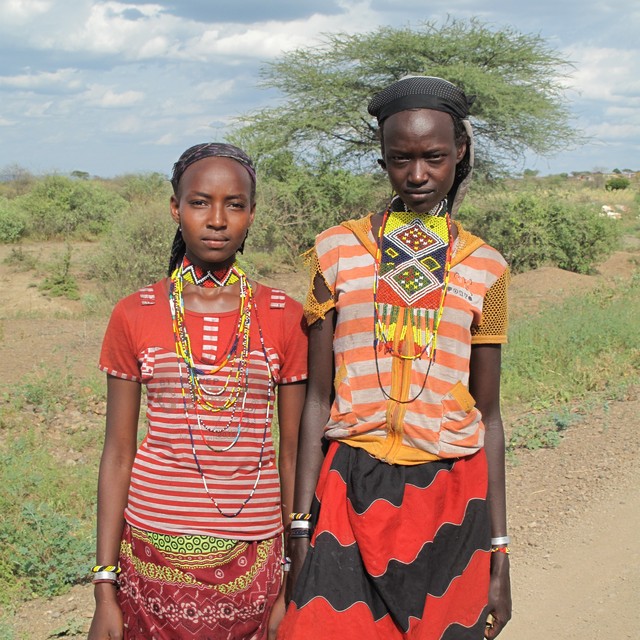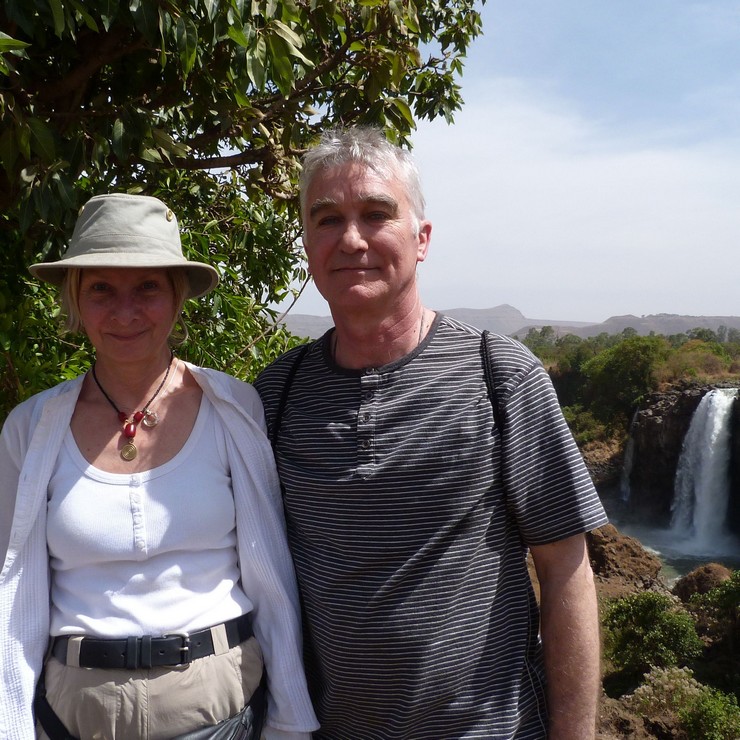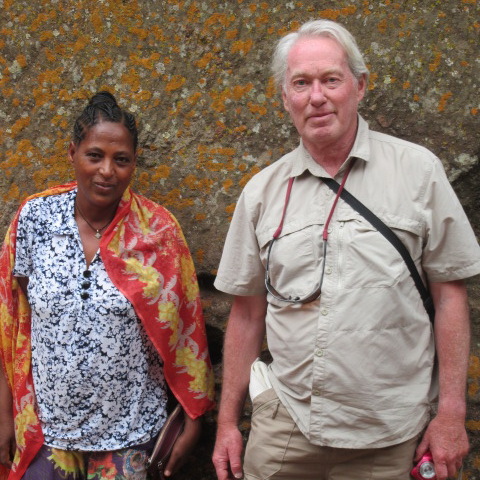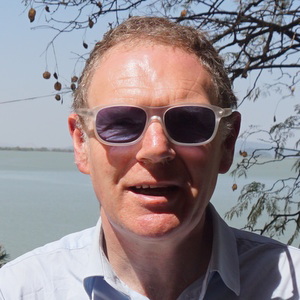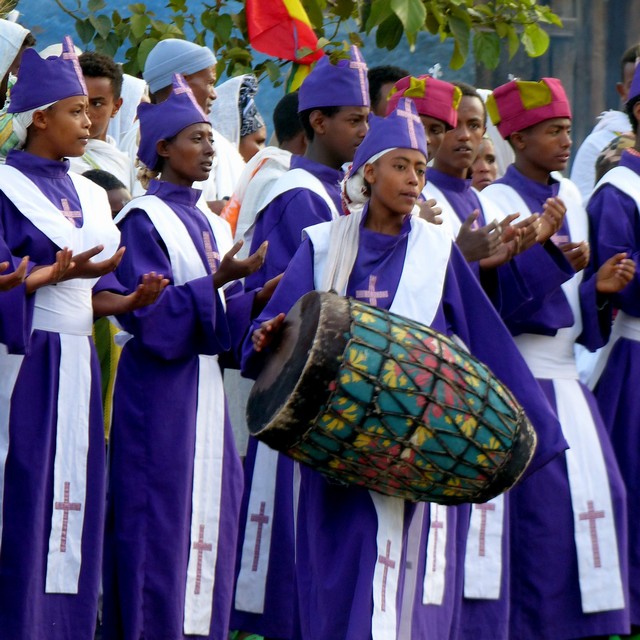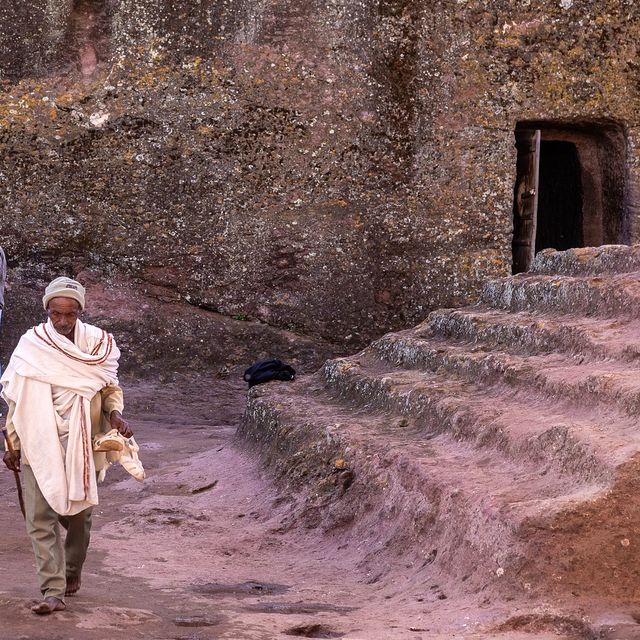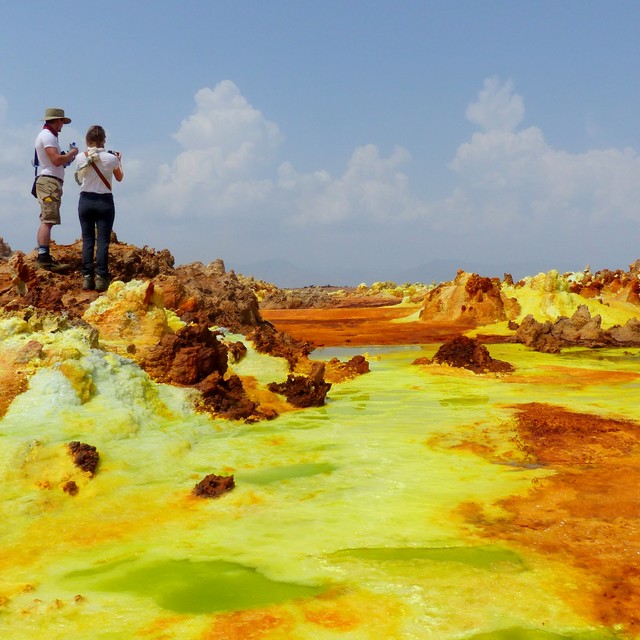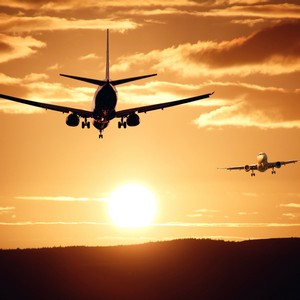
Day 1 : Addis Ababa
Upon arrival into Addis Ababa airport, you will be met by a Travel The Unknown representative and driven to your hotel to freshen up and rest before lunch. The day is free to do as you wish; some local attractions we recommend are St. George Church Museum, Ethnographical Museum, National Museum and Entoto Mountains. Dinner that evening will be held at a delicious traditional Ethiopian restaurant. Overnight stay in Addis Ababa.
Overnight in Tizez Hotel, Addis Ababa
Meal plan: n/a
Addis Ababa is Africa’s fourth largest city, with an area of 250sq/km, and is located at an altitude of 2,300m above sea level. It is a vast place with a thriving population of over 2,750,000 people. There is a wide range of visitor attractions, including many museums and educational institutions. It has most recently become known as the ‘spa city of Africa’.
The St. George Church was established in 1982 to preserve and promote Ethiopian Orthodox clergy. It is a small octagonal building that was the site of Emperor Hailie Selassie's coronation.
The two-storey Ethnological Museum is a great place to learn about the diversity of Ethiopia. It is structured like a story book, depicting the journey of life to death from different perspectives.
Entoto Mountain, located to the north of Addis Ababa, offers a panoramic view of the capital. It is the highest part of the city and is historically covered in Eucalyptus trees, which are often referred to as the 'lungs of Addis Ababa'.



